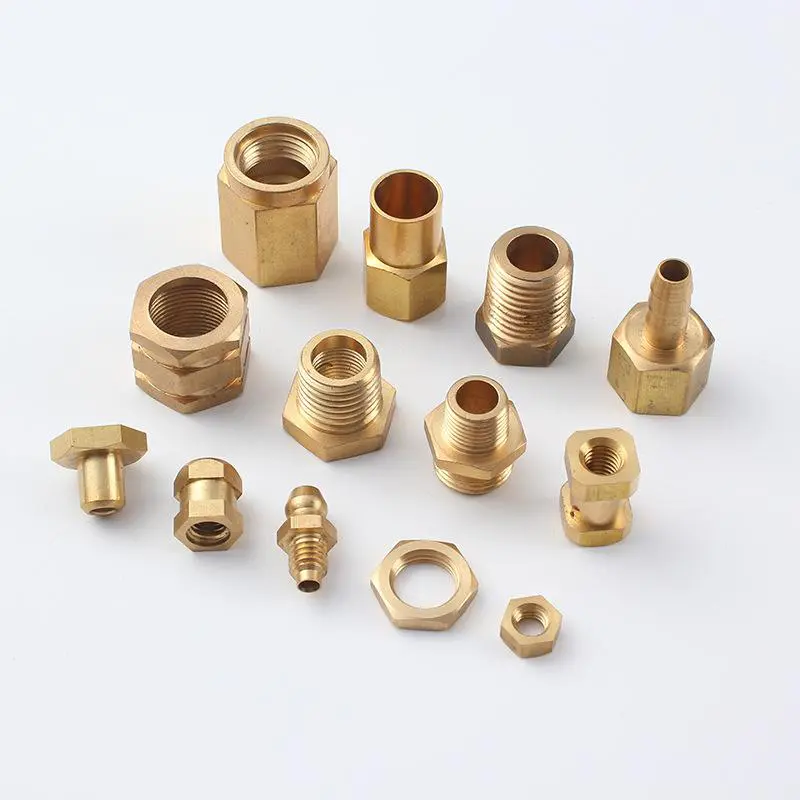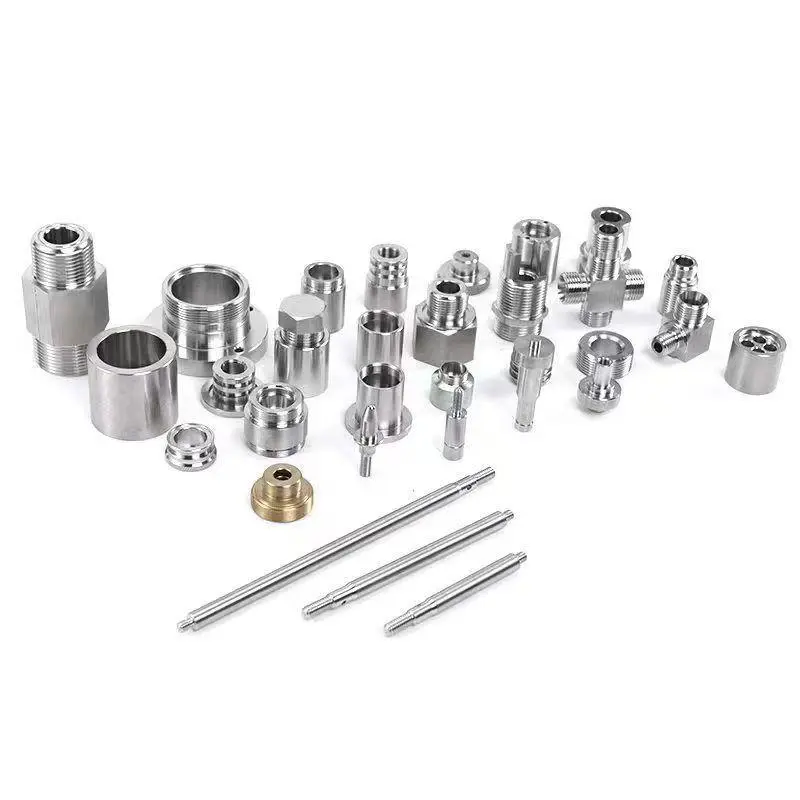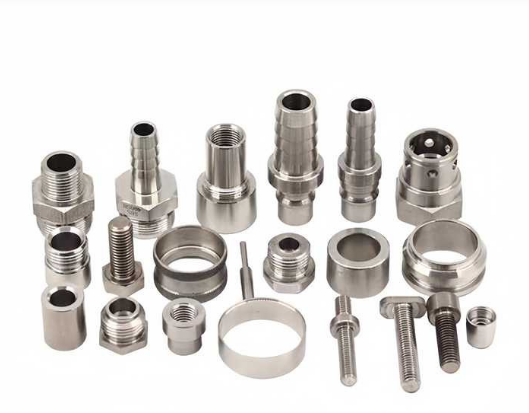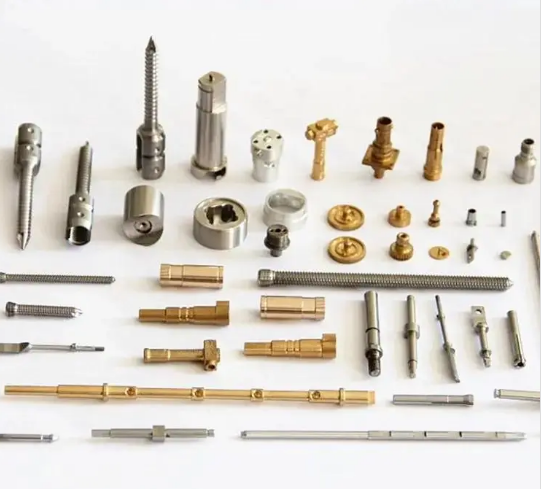Exploring the Benefits of CNC Swiss Machining for Aluminum Parts
Published Time:
2025-08-06
Exploring the Benefits of CNC Swiss Machining for Aluminum Parts
Table of Contents
1. Introduction to CNC Swiss Machining
2. What is CNC Swiss Machining?
3. Advantages of CNC Swiss Machining for Aluminum Parts
3.1. Enhanced Precision and Accuracy
3.2. Improved Material Utilization
3.3. Increased Production Efficiency
3.4. Versatility in Design and Manufacturing
3.5. Cost-Effectiveness in the Long Run
4. Applications of CNC Swiss Machining in Aluminum Manufacturing
4.1. Aerospace Industry
4.2. Automotive Sector
4.3. Electronics and Telecommunications
4.4. Medical Devices
5. Comparison with Traditional Machining Methods
6. Common Challenges and Solutions in CNC Swiss Machining
7. Future Trends in CNC Swiss Machining
8. Frequently Asked Questions (FAQs)
9. Conclusion
1. Introduction to CNC Swiss Machining
CNC Swiss machining has become an integral part of the manufacturing landscape, particularly when it comes to producing high-precision parts from aluminum. This advanced machining process combines computer numerical control (CNC) technology with the unique capabilities of Swiss-style lathes, allowing manufacturers to create complex shapes and intricate designs effectively. As industries continue to evolve, understanding the benefits of CNC Swiss machining for aluminum parts is essential for businesses looking to enhance their production capabilities.
2. What is CNC Swiss Machining?
CNC Swiss machining is a precision manufacturing process that utilizes a sliding headstock lathe to produce small, intricate parts with exceptional accuracy. The term "Swiss" originates from Switzerland, where the technique was developed to manufacture watch components. This method is well-suited for working with aluminum due to the material's lightweight nature and excellent machinability. CNC Swiss machining involves feeding a long bar of aluminum into the machine, where it is simultaneously turned and milled, allowing for the production of complex geometries in a single operation.
3. Advantages of CNC Swiss Machining for Aluminum Parts
CNC Swiss machining offers numerous advantages that make it the preferred choice for manufacturing aluminum parts.
3.1. Enhanced Precision and Accuracy
One of the most significant benefits of CNC Swiss machining is its ability to produce parts with unparalleled precision. The CNC system allows for extremely fine tolerances, often within ±0.001 inches. This level of accuracy is critical in industries such as aerospace and medical, where component failure can have severe consequences.
3.2. Improved Material Utilization
CNC Swiss machining minimizes waste through efficient material utilization. Traditional machining methods often require extensive material removal, leading to higher scrap rates. In contrast, the Swiss machining process utilizes the bar length, ensuring that more of the original material is converted into finished parts.
3.3. Increased Production Efficiency
With its ability to perform multiple machining operations in a single setup, CNC Swiss machining significantly reduces production time. Parts can be created in one continuous process, limiting the need for multiple setups and handling. This not only speeds up production but also enhances workflow efficiency.
3.4. Versatility in Design and Manufacturing
CNC Swiss machining can accommodate a wide range of designs, from simple geometries to highly complex shapes. This versatility makes it suitable for various applications, allowing manufacturers to cater to diverse industry needs without investing in multiple specialized machines.
3.5. Cost-Effectiveness in the Long Run
Although the initial setup costs for CNC machines may be higher than traditional lathes, the long-term cost savings are substantial. The efficiency, precision, and material savings translate into lower production costs, making CNC Swiss machining a cost-effective solution for producing aluminum parts.
4. Applications of CNC Swiss Machining in Aluminum Manufacturing
The versatility of CNC Swiss machining makes it suitable for various industries, each benefiting from the process's unique capabilities.
4.1. Aerospace Industry
In the aerospace sector, precision is paramount. CNC Swiss machining is used to manufacture components such as brackets, housings, and fittings that require high tolerances and lightweight materials, essential for maintaining performance and safety.
4.2. Automotive Sector
The automotive industry utilizes CNC Swiss machining for producing intricate parts like fuel injectors, valve bodies, and transmission components. The lightweight aluminum parts contribute to overall vehicle efficiency and performance.
4.3. Electronics and Telecommunications
Manufacturers in the electronics field rely on CNC Swiss machining for creating components such as connectors and housings. The precision and compact design capabilities of CNC Swiss machining align perfectly with the demands of modern electronic devices.
4.4. Medical Devices
In the healthcare sector, CNC Swiss machining plays a crucial role in producing medical devices and components, including surgical instruments and implants. The high standards of precision and cleanliness required in this industry make Swiss machining an ideal choice.
5. Comparison with Traditional Machining Methods
When comparing CNC Swiss machining to traditional machining methods, several key differences emerge. Traditional lathes typically require multiple setups and manual adjustments, leading to longer production times and increased risk of errors. In contrast, CNC Swiss machines offer automated processes, allowing for quicker turnarounds and higher precision. The integration of CNC technology also enables easier adaptations to design changes, further enhancing flexibility.
6. Common Challenges and Solutions in CNC Swiss Machining
While CNC Swiss machining offers numerous benefits, it is not without its challenges. Common issues include tool wear, setup complexity, and the need for skilled operators. To address these challenges, manufacturers can invest in high-quality tools, implement regular maintenance schedules, and provide comprehensive training to operators. By prioritizing these areas, businesses can maximize the efficiency and longevity of their CNC Swiss machining operations.
7. Future Trends in CNC Swiss Machining
The future of CNC Swiss machining looks promising with advancements in technology. Automation, artificial intelligence, and IoT (Internet of Things) integration are set to revolutionize the industry. These innovations will enhance efficiency, reduce downtime, and facilitate real-time monitoring of machining processes, ultimately leading to even greater precision and productivity.
8. Frequently Asked Questions (FAQs)
**Q1: How does CNC Swiss machining differ from traditional CNC machining?**
A1: CNC Swiss machining involves a sliding headstock lathe that allows for continuous cutting, producing long and precise parts, whereas traditional CNC machining often requires multiple setups for complex parts.
**Q2: What materials can be machined using CNC Swiss techniques?**
A2: While CNC Swiss machining is particularly effective for aluminum, it can also handle various materials, including brass, stainless steel, and plastics.
**Q3: Is CNC Swiss machining cost-effective for small production runs?**
A3: Yes, CNC Swiss machining can be cost-effective even for small production runs due to its efficiency and reduced material waste.
**Q4: What are the typical tolerances achievable with CNC Swiss machining?**
A4: CNC Swiss machining can achieve tolerances as tight as ±0.001 inches, making it suitable for high-precision applications.
**Q5: Can CNC Swiss machining accommodate complex designs?**
A5: Absolutely! CNC Swiss machining excels in producing complex shapes and intricate designs that would be challenging for traditional machining methods.
9. Conclusion
CNC Swiss machining has emerged as a transformative solution for manufacturers specializing in aluminum parts. Its unparalleled precision, efficiency, and versatility make it a vital process in various industries, from aerospace to medical devices. As technology continues to advance, the benefits of CNC Swiss machining will only grow, solidifying its position as a leading choice for modern manufacturing. By understanding and embracing the advantages offered by CNC Swiss machining, businesses can enhance their production capabilities and achieve long-term success in a competitive market.
Beijing Pafinal Precision Machinery Co., Ltd.
Email:sales@pafinal.com

Address: No. 239 Huanhe South Road, Tianjin Pilot Free Trade Zone (Airport Economic Zone), Tianjin
中企跨境-全域组件
制作前进入CSS配置样式
sales@pafinal.com:
Whatsapp:
在线客服添加返回顶部
图片alt标题设置: PAFINAL
表单验证提示文本: Content cannot be empty!
循环体没有内容时: Sorry,no matching items were found.
CSS / JS 文件放置地




 2025-09-21
2025-09-21


